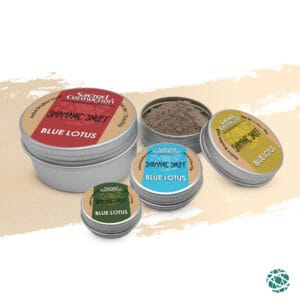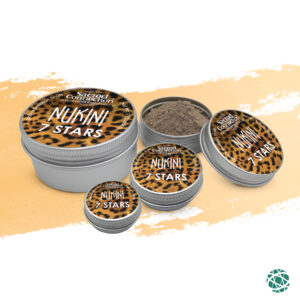There is no art so unique among the indigenous people that inhabit the Peruvian-Brazilian border than the Kene Kuin, known as the ‘true drawing’. The graphics of this people.

are an important part of the cultural identity of the Kaxinawá tribe.
In today’s post, we are going to talk more about the Kene Kuin, the graphics of the Huni Kuin people, who inhabit the surroundings of the Purus, Curanja, Tarauacá, Jordão, Breu, Muru, Envira, Humaitá and Purus rivers in the Western Amazon.
What are the Indigenous Kenês?
The kene kuin, the real name of the Kenês, are known as “true drawings” or “snake drawings”. It’s an extremely important element of the culture and identity of the Huni Kuin people. The drawings are related to courage, strength, power and wisdom.
For the Kaxinawá, how the Huni Kuin are known, those drawings are a crucial element in the beauty of people and things.
The drawings are presented in almost all artistic manifestations and artifacts of the people, like the ceramics, clothing, body painting, weaving, crafts.
The handicrafts are one of the main sources of income for the Kaxinawá people. The main products are ceramics, made with clay from ash obtained from animals and trees, and cotton weaving with natural dyeing.
The origin of indigenous Kenês
The story of the origin of the Kaxinawá kenê says that it was transmitted by the charm of a boa constrictor. This boa taught a Kaxinawá woman her beautiful Yubesheni knitting. During a walk, she found a baby boa constrictor curled up along the way.

Then the boa constrictor taught its knitting strength, saying:
– Mother Kaxinawá, if you want my knitted clothes, go get a stalk of ouricuri…
Measuring each mesh and saying each name of the kenê drawing, she fulfilled the speech of her boa constrictor son, who started teaching her traditional painting.
The name of this boa in the past was Tere Beru. The boa constrictor was the one who delivered her beautiful kenê to the Kaxinawá woman. But she didn’t give it all away. She only taught a part, because the boa was not female: it was male and could not stay with its Kaxinawá mother.
He wanted to hunt and make war with other ethnicities.
Source: (Kaxinawá; Sales, 2000, p. 24)
The Kenê weaving

Weaving is one of the main activities of the Huni Kuin and its main feature is the Kenês drawings. The processes range from cotton cultivation and preparation to yarn spinning and dyeing.
The production of the Kenês is an entirely female activity. The older women are the weaving masters and during the process of harvesting, ginning, beating and spinning the cotton, they sing and ask for the strength of the spiders to weave quickly since, according to tradition, the spider planted and the thread was already coming out done, without needing to beat or spin.
Kenês are dyed using natural paints such as mahogany, tree bark, banana heart and cherry. Once the yarn is dyed, the last step is weaving, which will be done according to the desired kenê drawing.

Each kenê (drawings) can open to reveal different types of figuration (dami), because within the snake drawing there are many others hidden.
In the Kaxinawá culture, men wear clothes with designs vertically, and women, horizontally.
The Huni Kuin people also have a strong connection with the Japiins, called in the indigenous language txana, birds that the people consider masters of weaving.
Conclusion
The commercialization of handicrafts is an important source of sustainable income for indigenous people. It’s also an opportunity to keep alive the knowledge that has been passed on from generati

on to generation and a way to show the strength of indigenous traditions and arts to the world.
Our way of helping these people who give and teach us so much with their culture and sacred medicine is by sharing knowledge about their traditions and supporting their sustainable source of income.
On our website, you will find several art objects produced by indigenous artisans and different types of Kenes. To discover the products, buy and strengthen the Huni Kuin people and indigenous artisans, just click here.
[button text=”BUY NOW” style=”alert” size=”large” link=”https://sacred-snuff.com/product-category/accesories/brazil-beads//”]
Sources:
https://pib.socioambiental.org/pt/Povo:Huni_Kuin_(Kaxinawá)
https://site.tucumbrasil.com/tecelagem-huni-kuin/
https://sacred-snuff.com/product-category/accesories/brazil-beads/
https://sacred-snuff.com/the-huni-kuin/


















